Alvaro Fuentes
Embracing Limited and Imperfect Data: A Review on Plant Stress Recognition Using Deep Learning
May 19, 2023Abstract:Plant stress recognition has witnessed significant improvements in recent years with the advent of deep learning. A large-scale and annotated training dataset is required to achieve decent performance; however, collecting it is frequently difficult and expensive. Therefore, deploying current deep learning-based methods in real-world applications may suffer primarily from limited and imperfect data. Embracing them is a promising strategy that has not received sufficient attention. From this perspective, a systematic survey was conducted in this study, with the ultimate objective of monitoring plant growth by implementing deep learning, which frees humans and potentially reduces the resultant losses from plant stress. We believe that our paper has highlighted the importance of embracing this limited and imperfect data and enhanced its relevant understanding.
A Comprehensive Survey of Image Augmentation Techniques for Deep Learning
May 03, 2022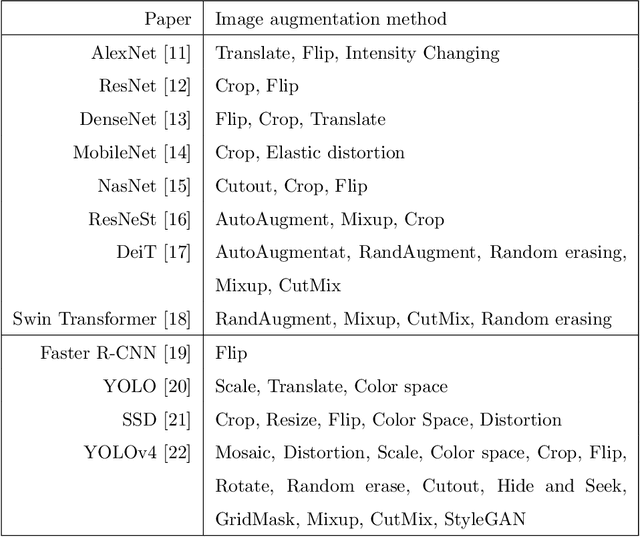
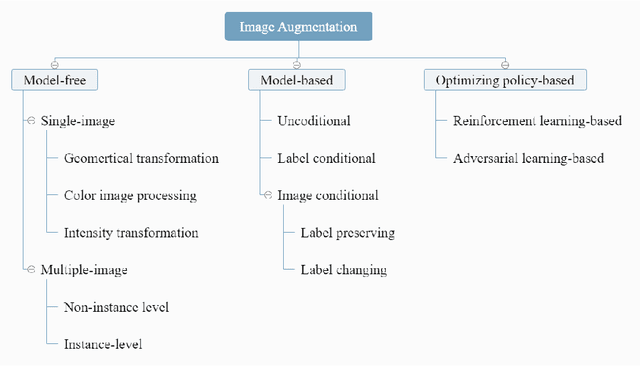
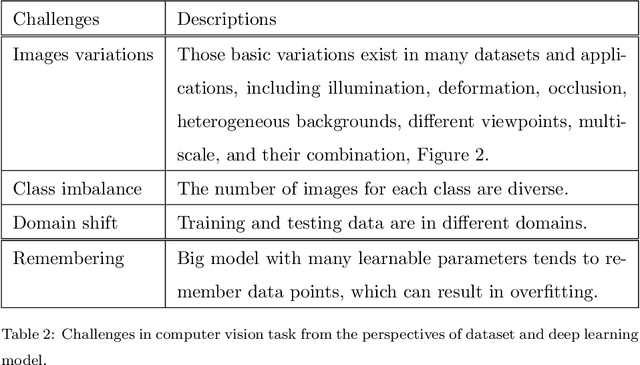
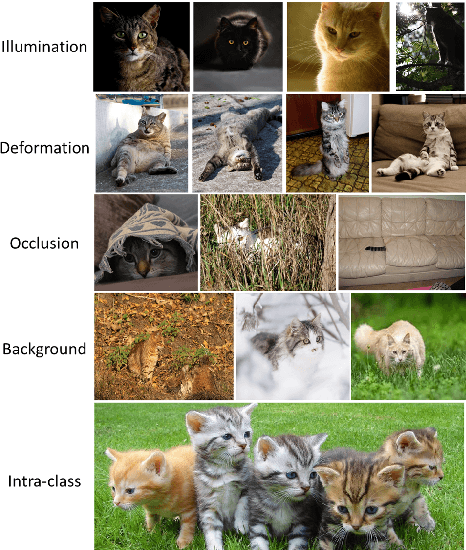
Abstract:Deep learning has been achieving decent performance in computer vision requiring a large volume of images, however, collecting images is expensive and difficult in many scenarios. To alleviate this issue, many image augmentation algorithms have been proposed as effective and efficient strategies. Understanding current algorithms is essential to find suitable methods or develop novel techniques for given tasks. In this paper, we perform a comprehensive survey on image augmentation for deep learning with a novel informative taxonomy. To get the basic idea why we need image augmentation, we introduce the challenges in computer vision tasks and vicinity distribution. Then, the algorithms are split into three categories; model-free, model-based, and optimizing policy-based. The model-free category employs image processing methods while the model-based method leverages trainable image generation models. In contrast, the optimizing policy-based approach aims to find the optimal operations or their combinations. Furthermore, we discuss the current trend of common applications with two more active topics, leveraging different ways to understand image augmentation, such as group and kernel theory, and deploying image augmentation for unsupervised learning. Based on the analysis, we believe that our survey gives a better understanding helpful to choose suitable methods or design novel algorithms for practical applications.
Unsupervised Image Translation using Adversarial Networks for Improved Plant Disease Recognition
Sep 26, 2019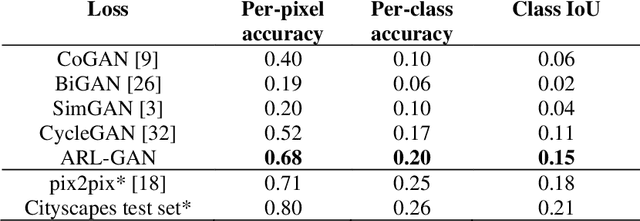
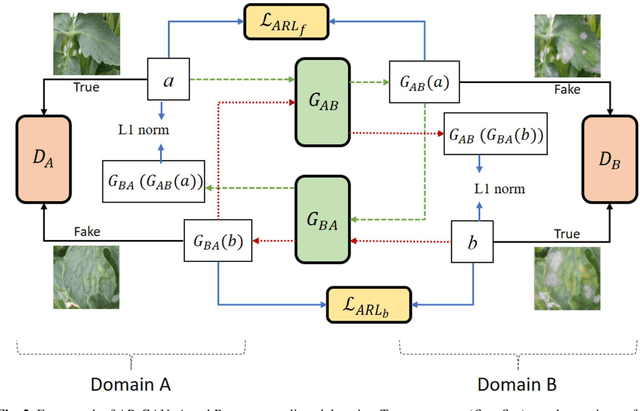
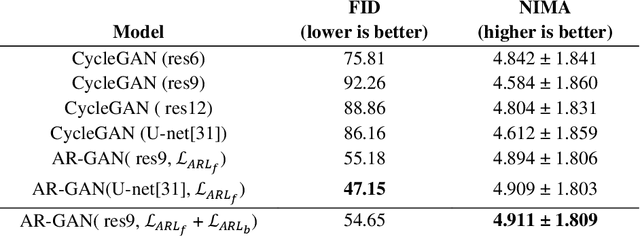
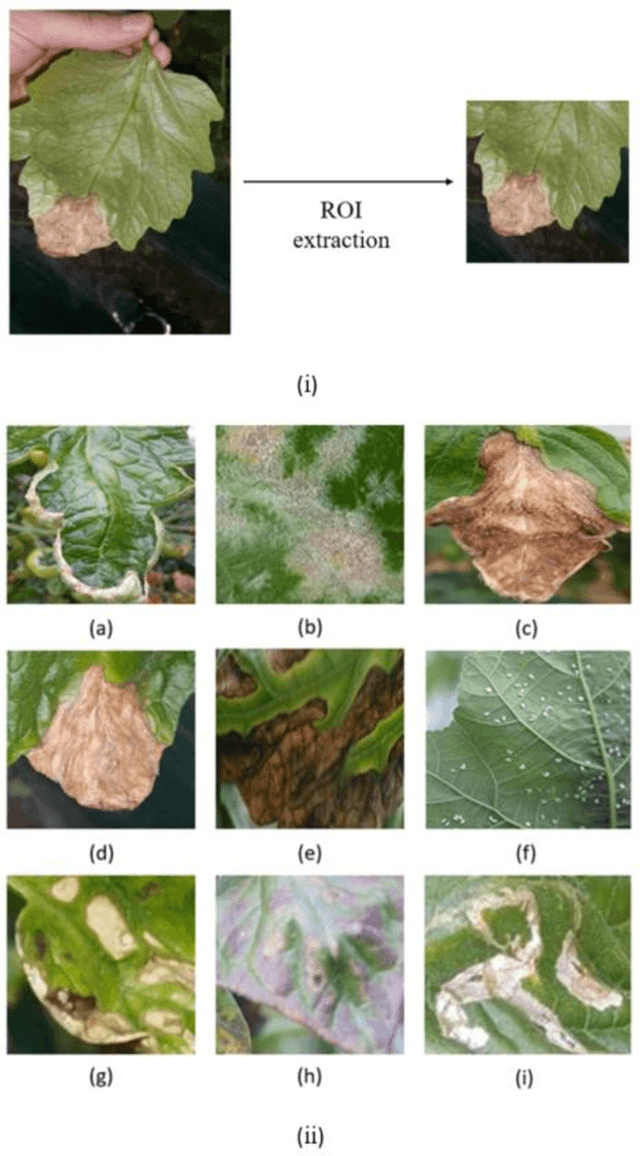
Abstract:Acquisition of data in task-specific applications of machine learning like plant disease recognition is a costly endeavor owing to the requirements of professional human diligence and time constraints. In this paper, we present a simple pipeline that uses GANs in an unsupervised image translation environment to improve learning with respect to the data distribution in a plant disease dataset, reducing the partiality introduced by acute class imbalance and hence shifting the classification decision boundary towards better performance. The empirical analysis of our method is demonstrated on a limited dataset of 2789 tomato plant disease images, highly corrupted with an imbalance in the 9 disease categories. First, we extend the state of the art for the GAN-based image-to-image translation method by enhancing the perceptual quality of the generated images and preserving the semantics. We introduce AR-GAN, where in addition to the adversarial loss, our synthetic image generator optimizes on Activation Reconstruction loss (ARL) function that optimizes feature activations against the natural image. We present visually more compelling synthetic images in comparison to most prominent existing models and evaluate the performance of our GAN framework in terms of various datasets and metrics. Second, we evaluate the performance of a baseline convolutional neural network classifier for improved recognition using the resulting synthetic samples to augment our training set and compare it with the classical data augmentation scheme. We observe a significant improvement in classification accuracy (+5.2%) using generated synthetic samples as compared to (+0.8%) increase using classic augmentation in an equal class distribution environment.
 Add to Chrome
Add to Chrome Add to Firefox
Add to Firefox Add to Edge
Add to Edge